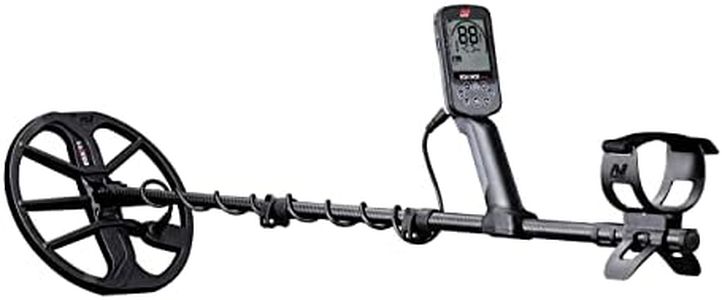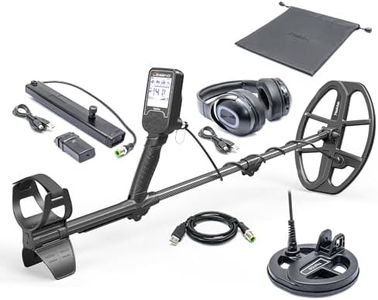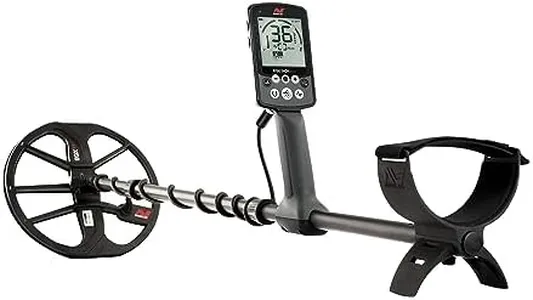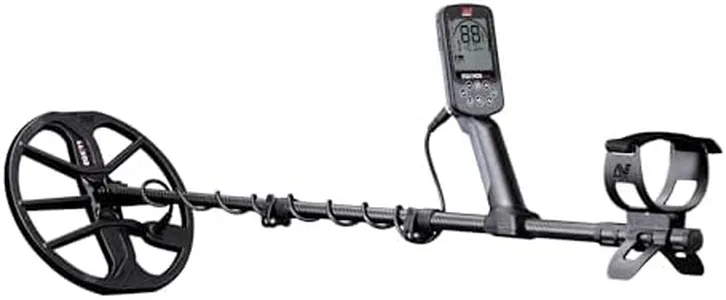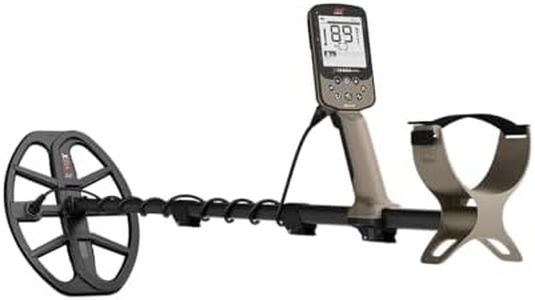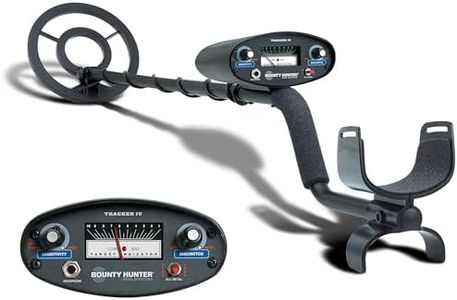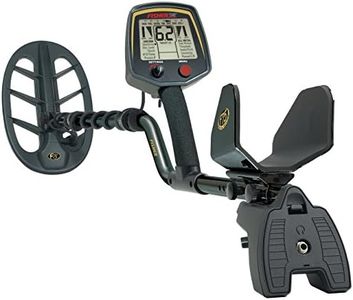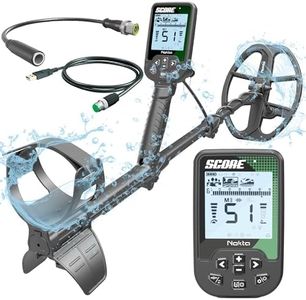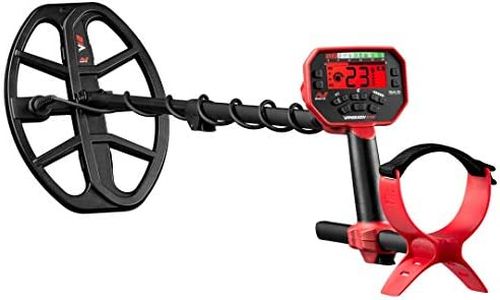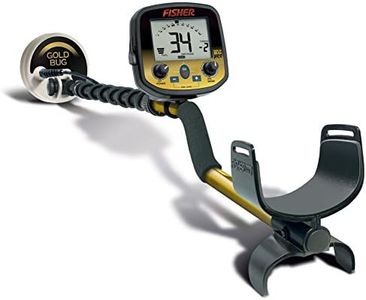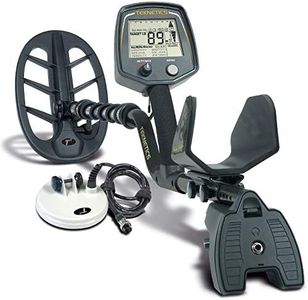We Use CookiesWe use cookies to enhance the security, performance,
functionality and for analytical and promotional activities. By continuing to browse this site you
are agreeing to our privacy policy
10 Best Metal Detectors
From leading brands and best sellers available on the web.Buying Guide for the Best Metal Detectors
Choosing the right metal detector involves understanding what you want to look for, where you'll be searching, and how comfortable you are with using new gadgets. It's important to think about whether you'll be hunting on beaches, parks, or in the woods, and what types of metals or objects you hope to find. Focusing on the main features will help you find a detector that matches your style and makes your treasure hunts more enjoyable and successful.Operating FrequencyOperating frequency tells you how many times per second your metal detector sends and receives signals underground. This feature is important because it affects what kinds of metals your detector finds best. Lower frequencies (around 3 to 8 kHz) are better for finding larger, deeper objects like coins and relics, while higher frequencies (above 15 kHz) are more sensitive to small or fine objects, like gold nuggets or tiny jewelry, but don't generally go as deep. If you’re mainly searching for coins or treasures in parks, a lower to mid-range frequency is ideal. If you anticipate looking for tiny gold pieces or in areas with a lot of small fragments, a higher frequency detector will suit you better.
Detection DepthDetection depth refers to how deep below the surface the metal detector can sense objects. This can be a major factor if you want to find items buried deeper underground. Most entry-level detectors find small items 6 to 8 inches deep, while professional ones can reach over a foot, especially for larger targets. If you're mostly interested in surface finds or coin shooting in urban parks, a standard depth will suffice. But if you're venturing to less-explored areas hoping for buried relics, deeper detection is more valuable.
DiscriminationDiscrimination is the feature that helps your detector ignore certain metals (like nails or bottle caps) while focusing on more interesting metals (such as silver or gold). This is important because it saves you time digging up trash and lets you target more valuable finds. Simpler models may have basic discrimination, only filtering out iron, while advanced models can distinguish between many metal types. If you hate wasting time on junk or hunt in trash-heavy places, look for a detector with detailed discrimination controls.
Ground BalanceGround balance helps the detector ignore the minerals naturally found in soil that can cause false signals. Some places have highly mineralized ground, which can be frustrating without good ground balance. There are preset, manual, and automatic ground balance systems. For casual hunting in city parks or low-mineral soils, preset ground balance works fine. If you plan to search on beaches, goldfields, or rocky soils, more advanced ground balance features will improve your experience.
Coil Size and TypeThe search coil is the round part you sweep over the ground. Coil size and type affect how wide an area you can scan at once and how deep you can detect. Larger coils cover more ground and can find deeper objects, but can be heavier and less precise; smaller coils are better for tight spaces and picking out objects surrounded by trash. If you'll be searching large open areas, a bigger coil is helpful. For trashy sites or precision hunting, a smaller coil is usually best.
Weight and ErgonomicsThe weight and design of the detector determine how comfortable it is to use for longer periods. Lighter detectors are easier to swing for hours and are great for younger users or anyone with limited strength. Adjustable shafts and padded grips also improve comfort. Think about how long you’ll usually detect at one time, and if you’ll be carrying the detector far — comfort can really affect your enjoyment!
Display and User ControlsThe display (if present) and controls help you understand what your detector is sensing. Some have simple tones and a few buttons, while others offer a screen showing depth, metal type, and battery level. Beginners might prefer simpler controls to get started without confusion, while more advanced hobbyists may appreciate detailed displays for more information. Choose a style that matches your preference for simplicity or detail during your hunting sessions.
